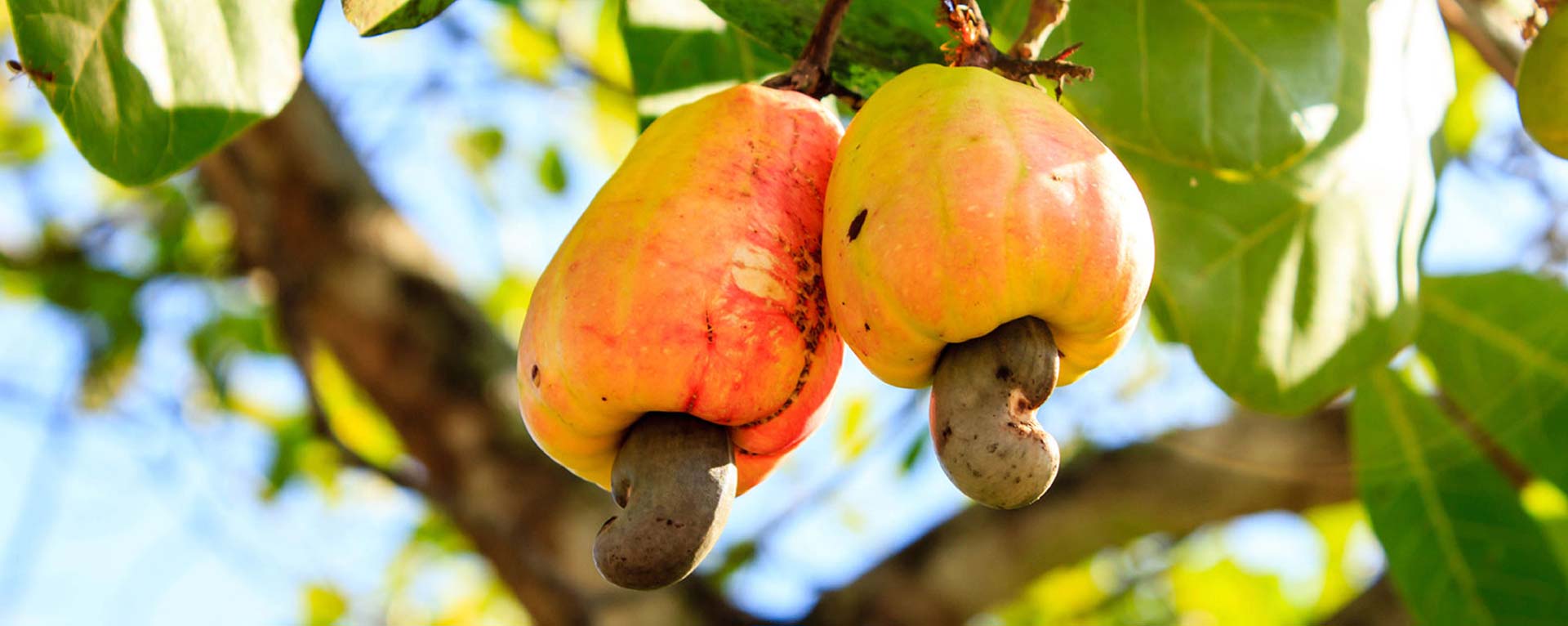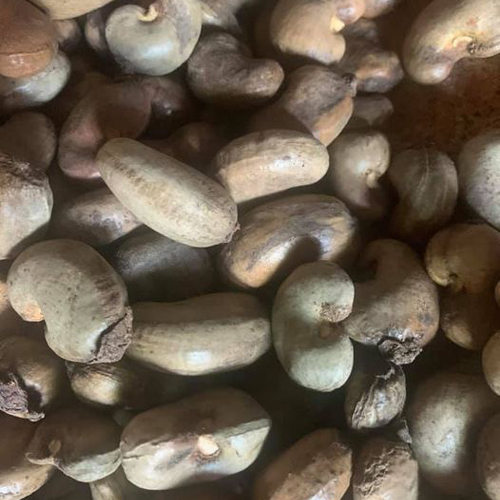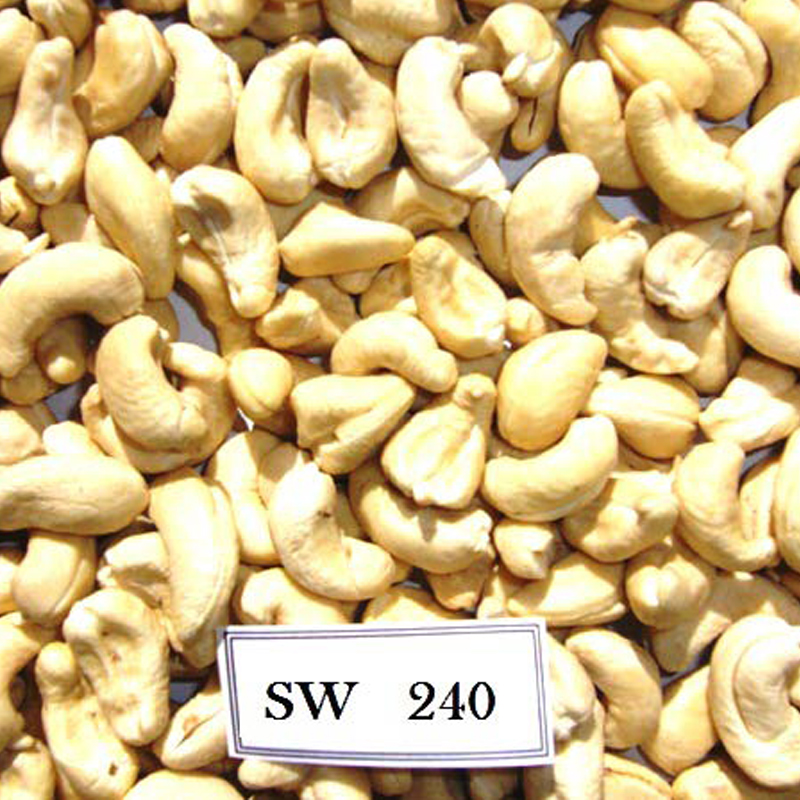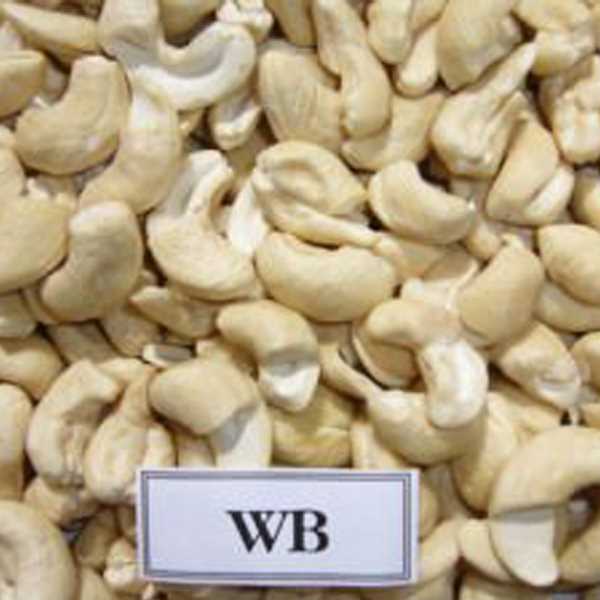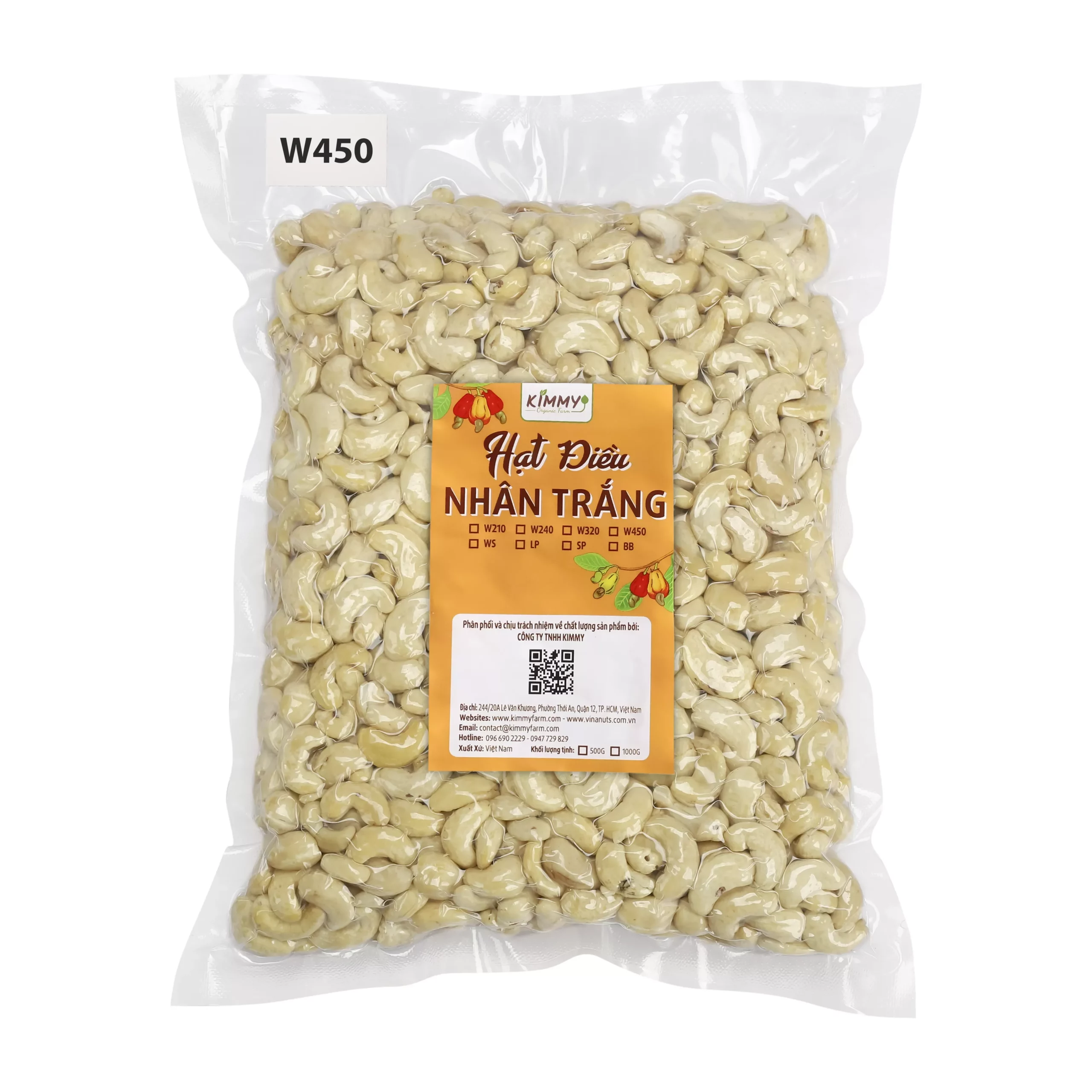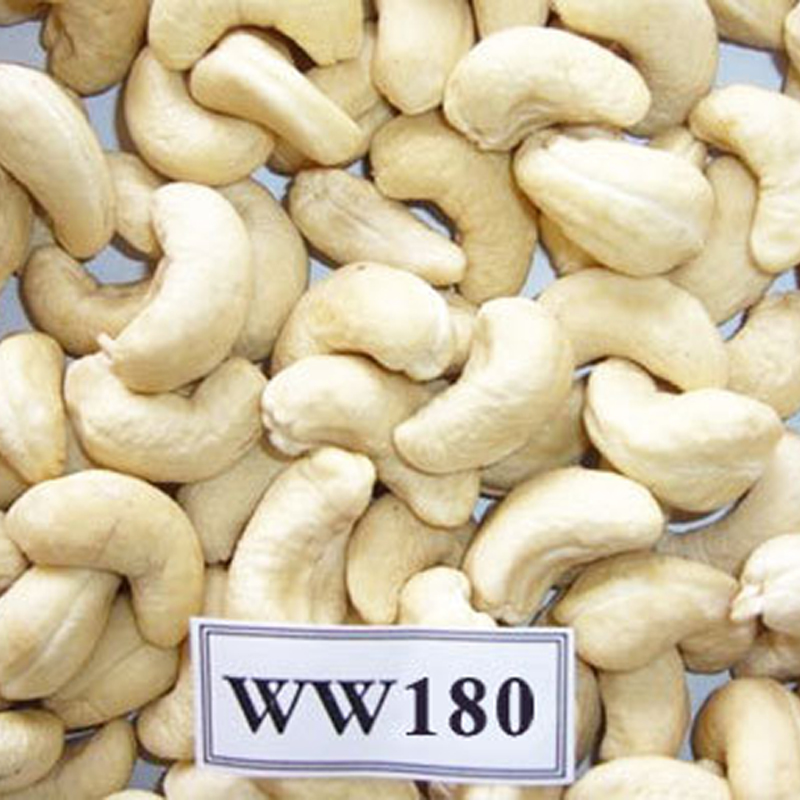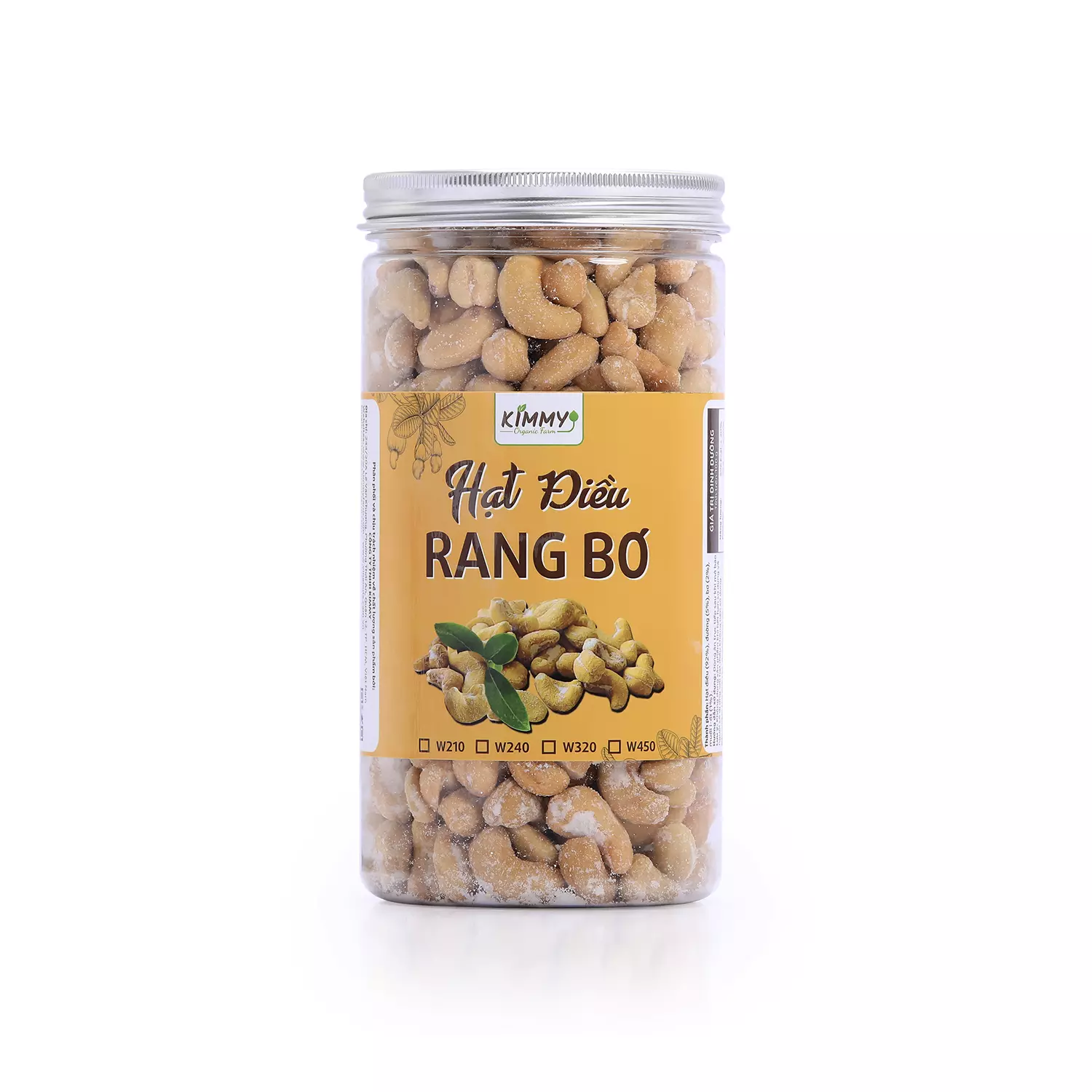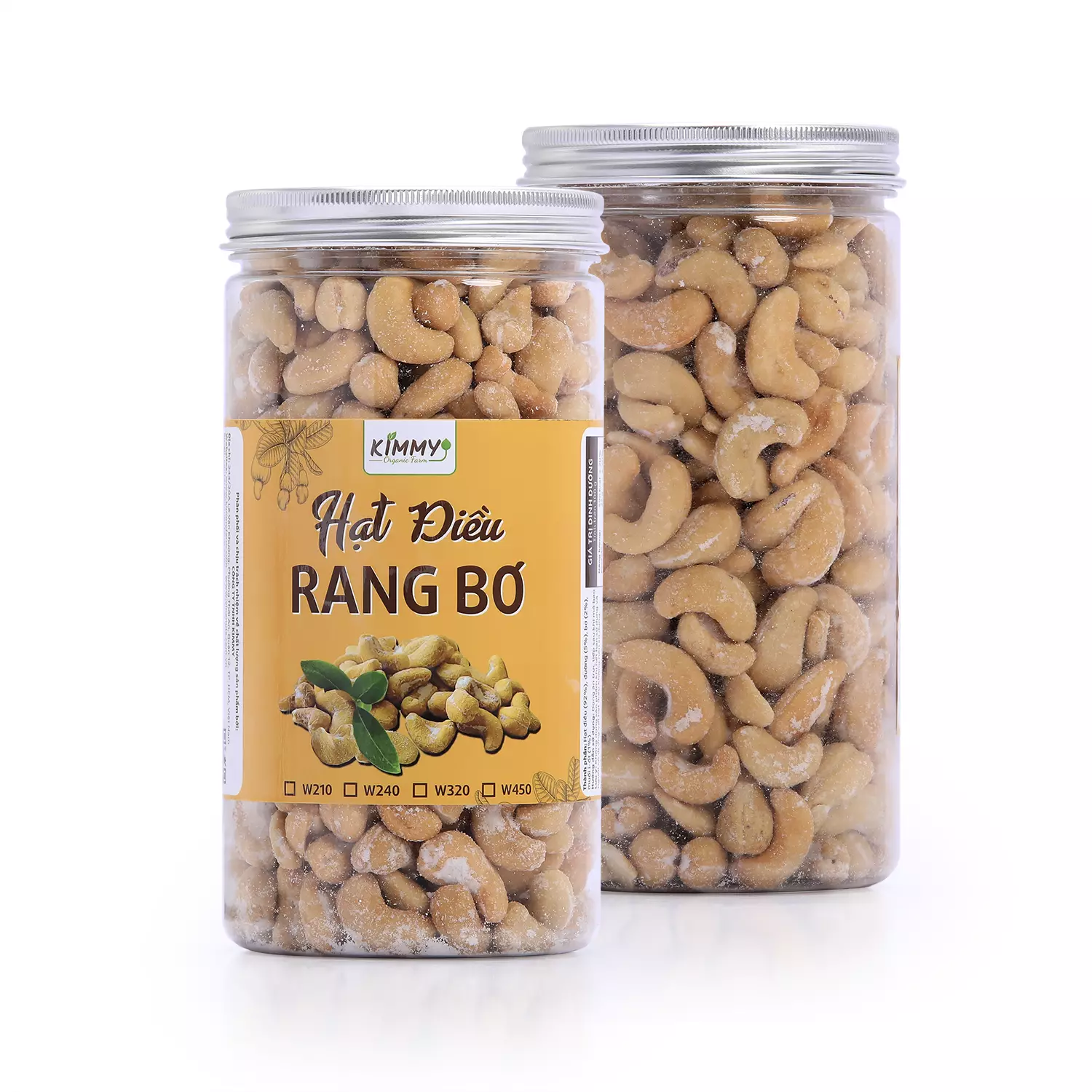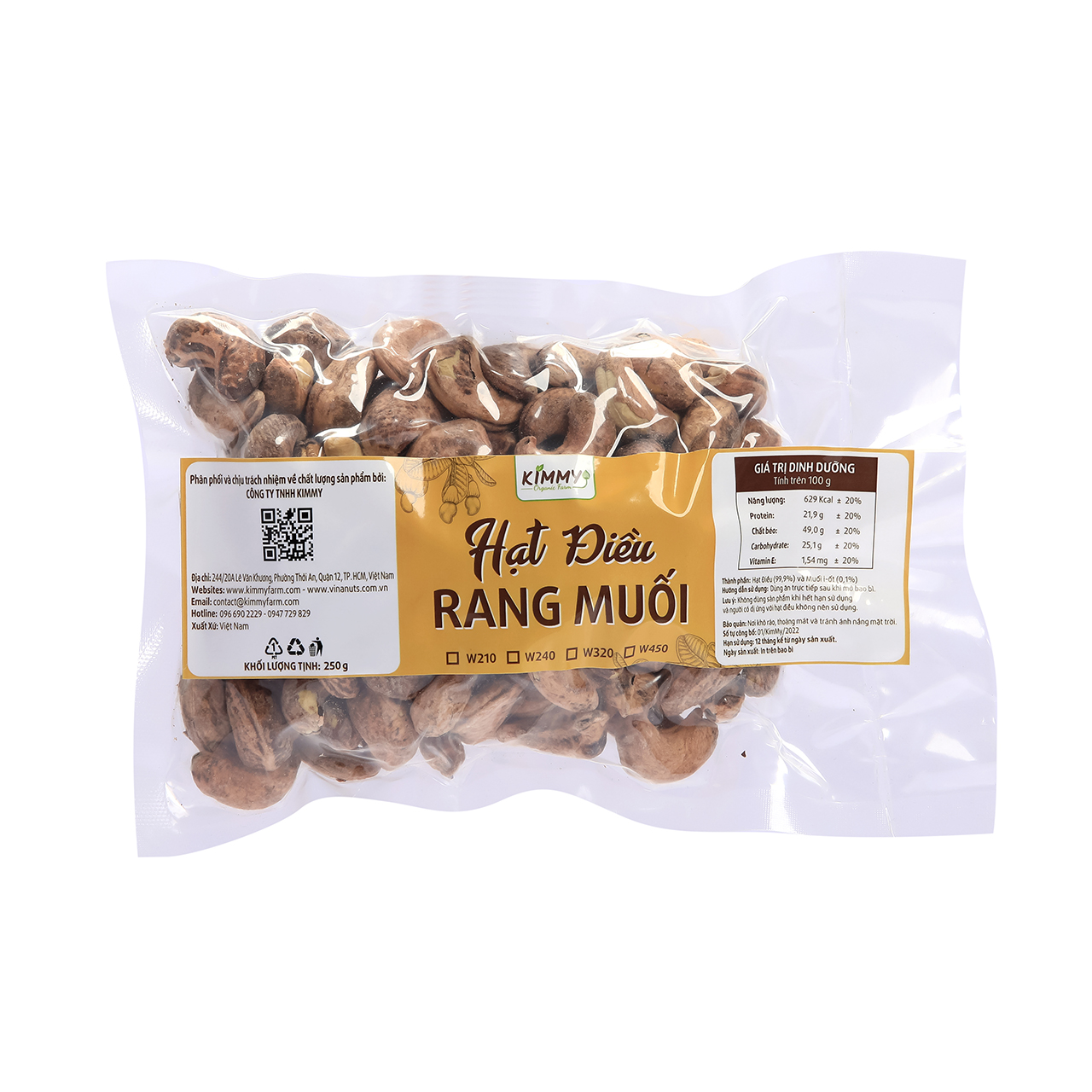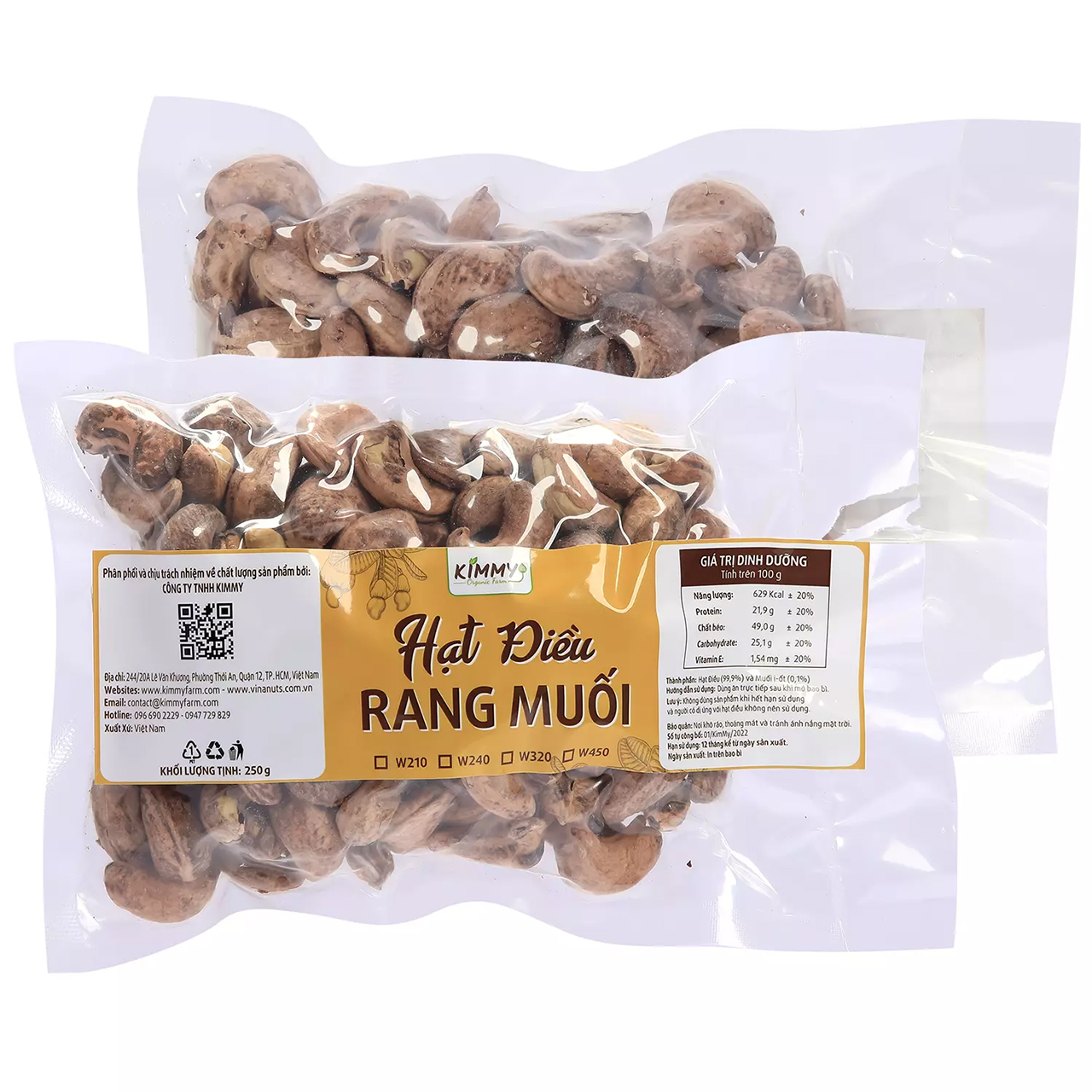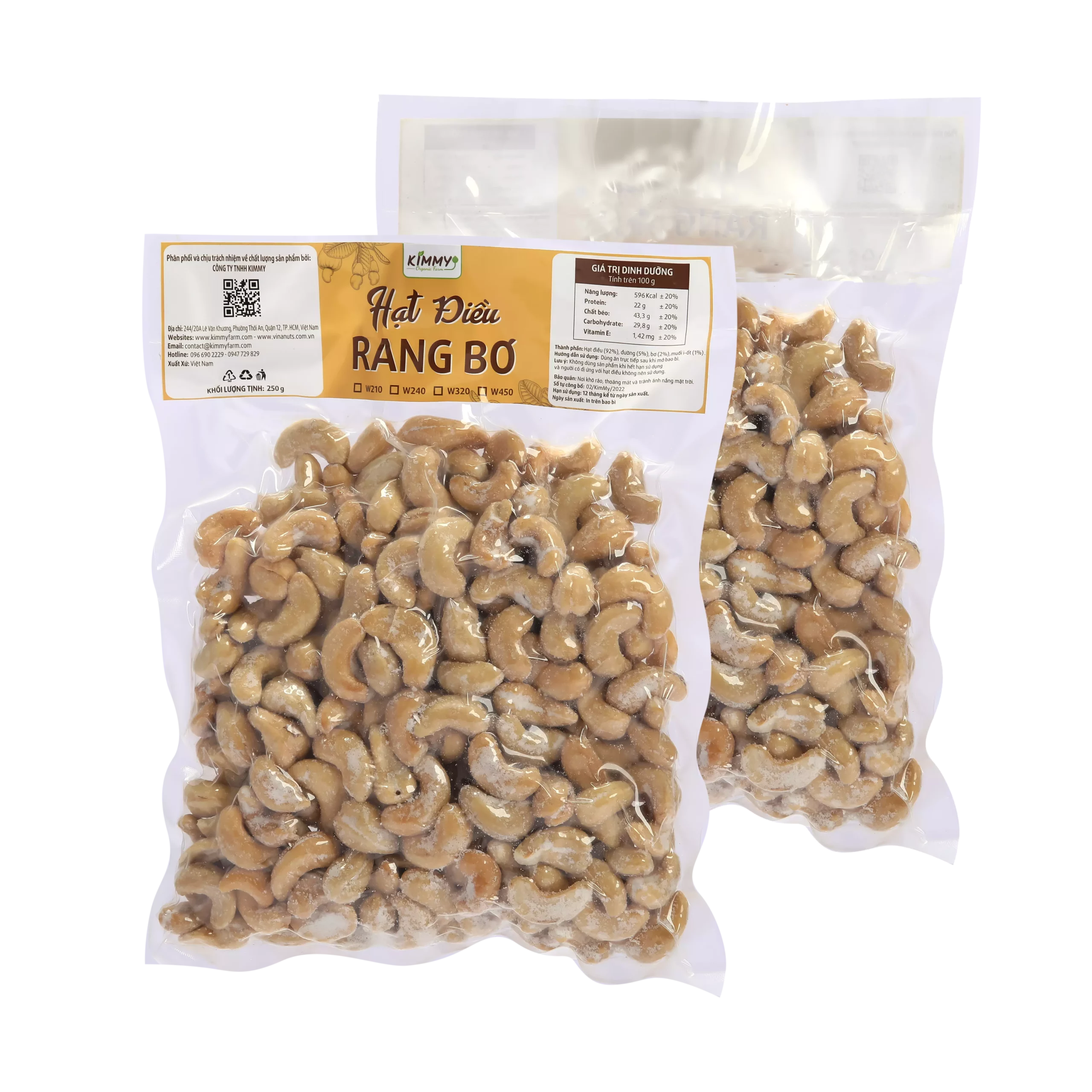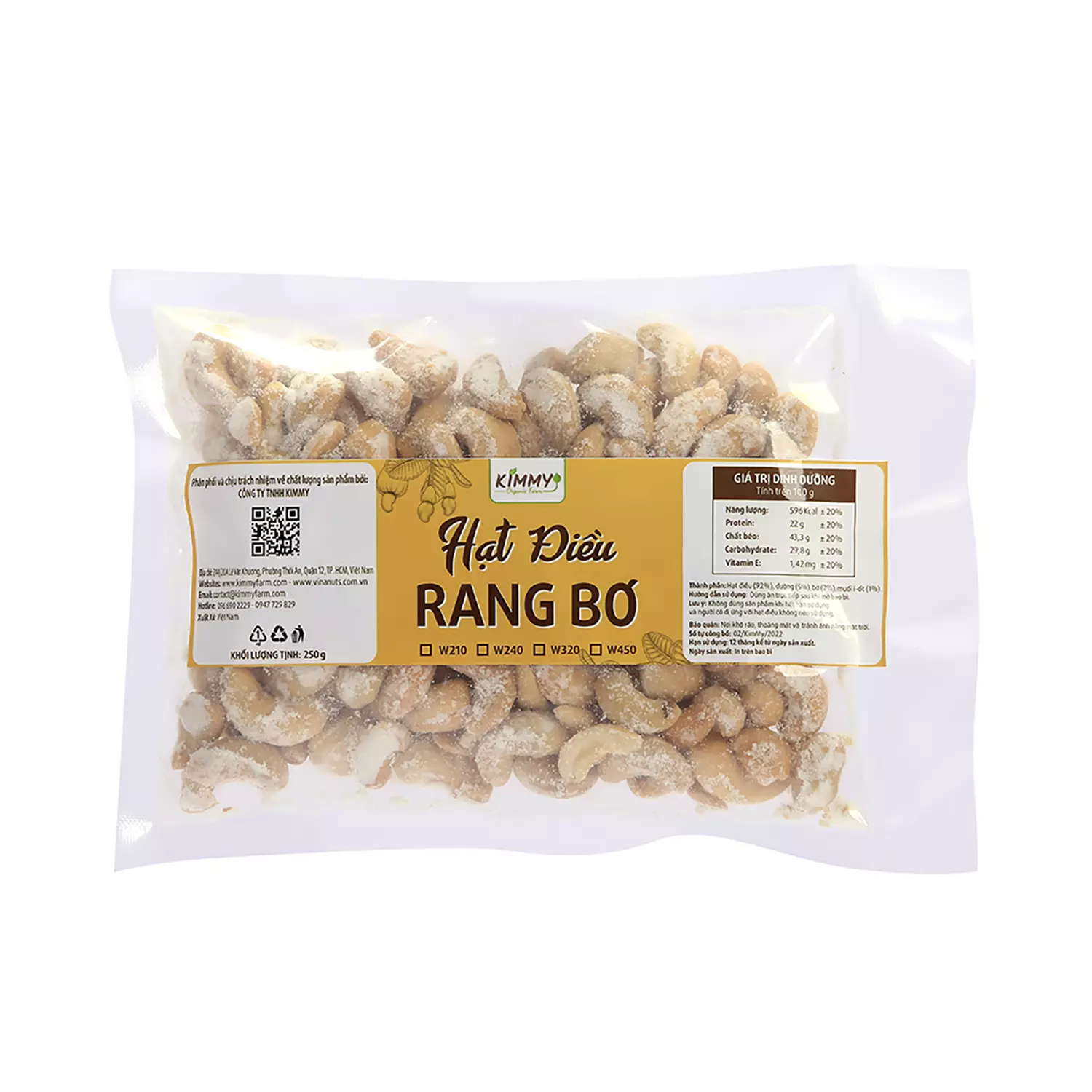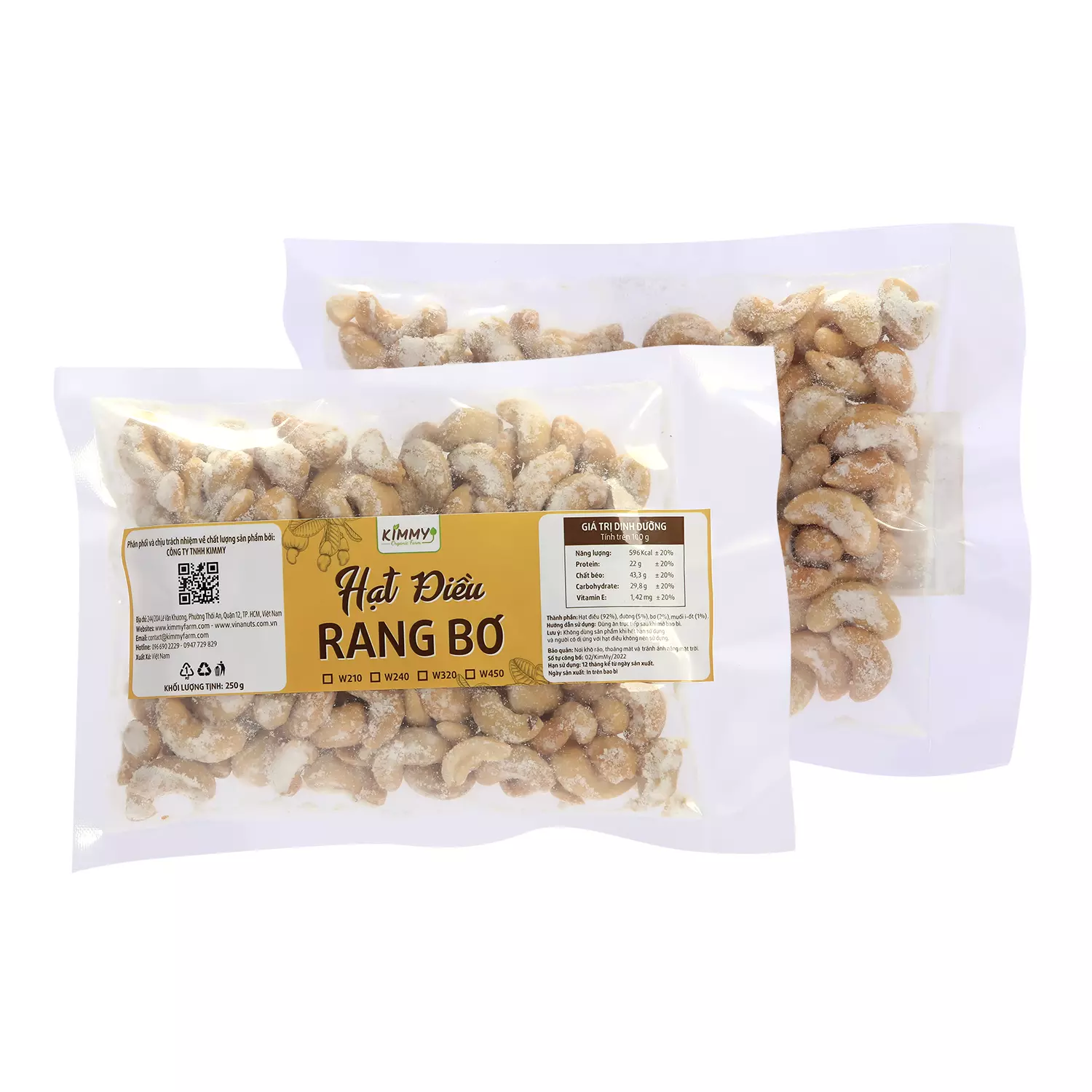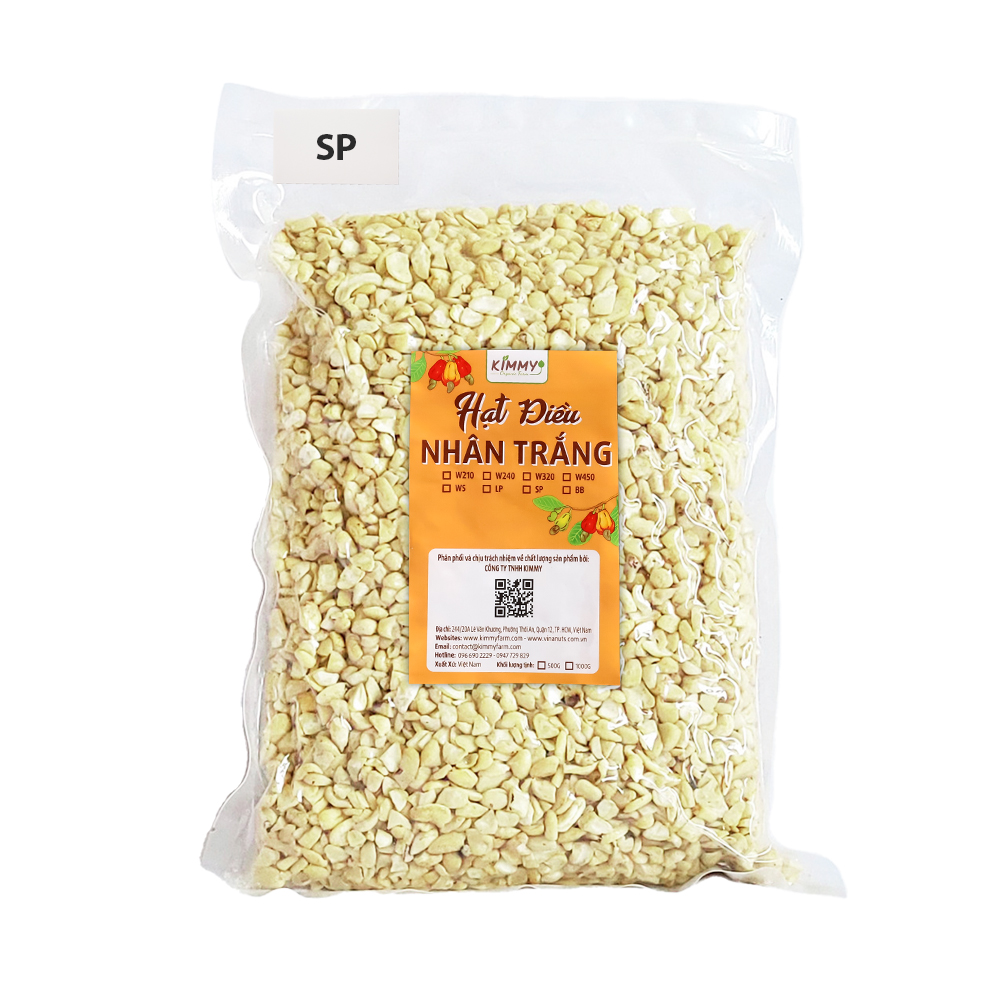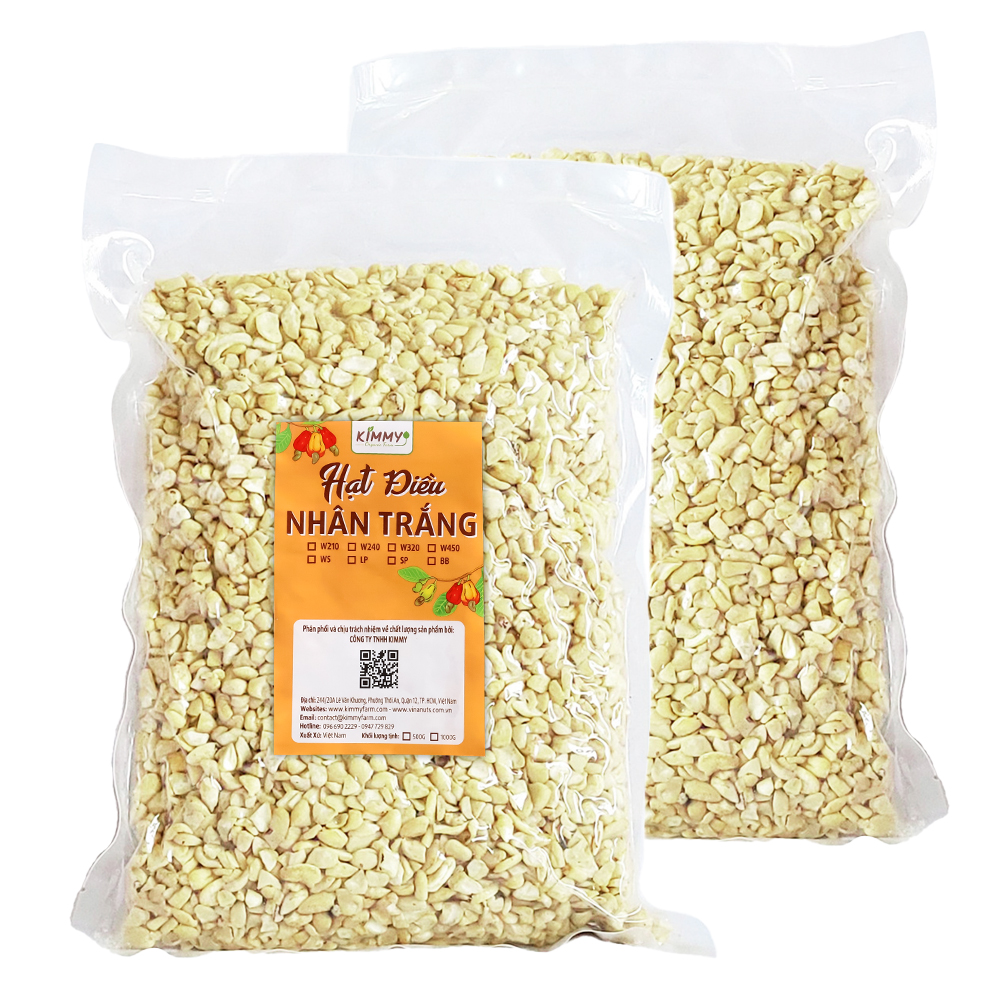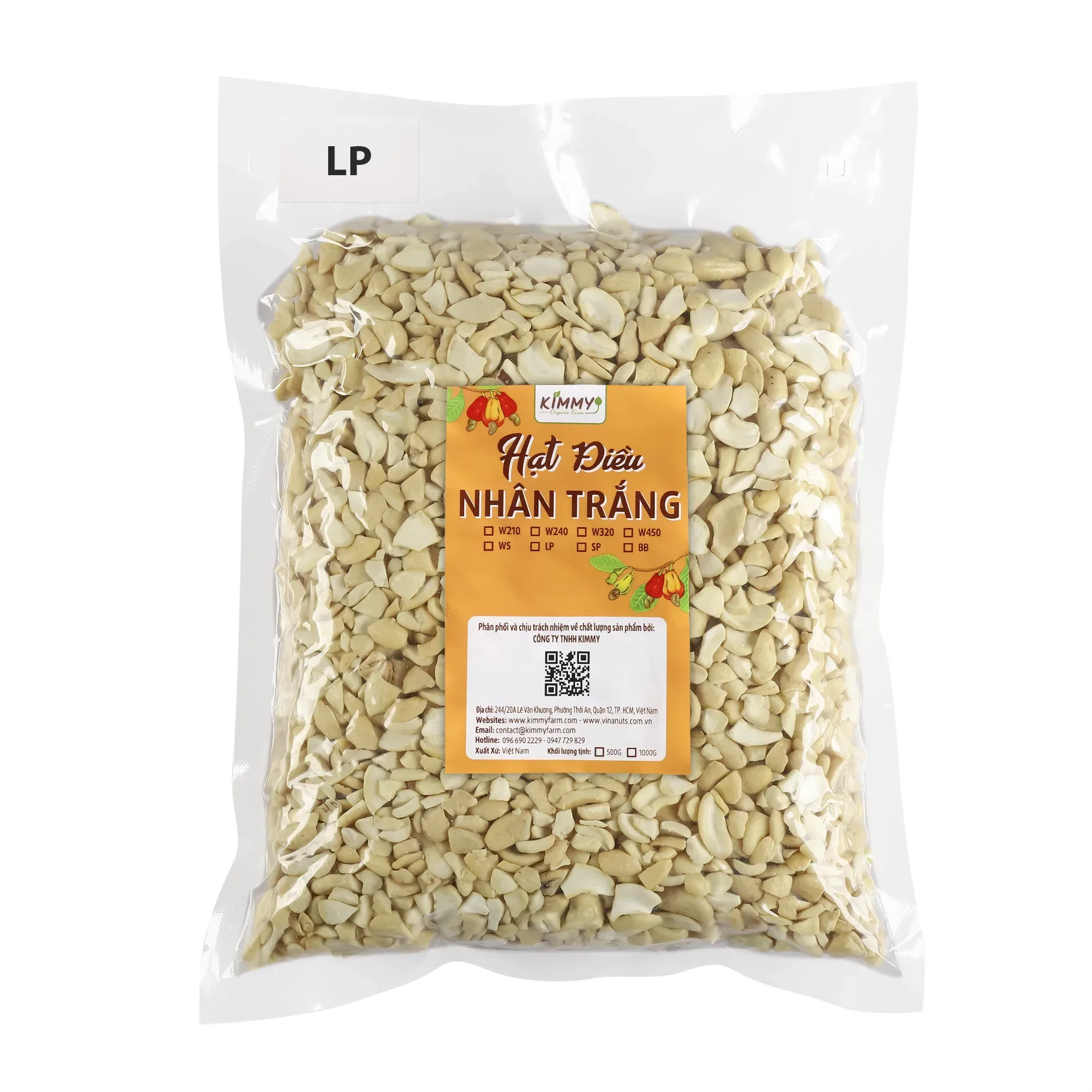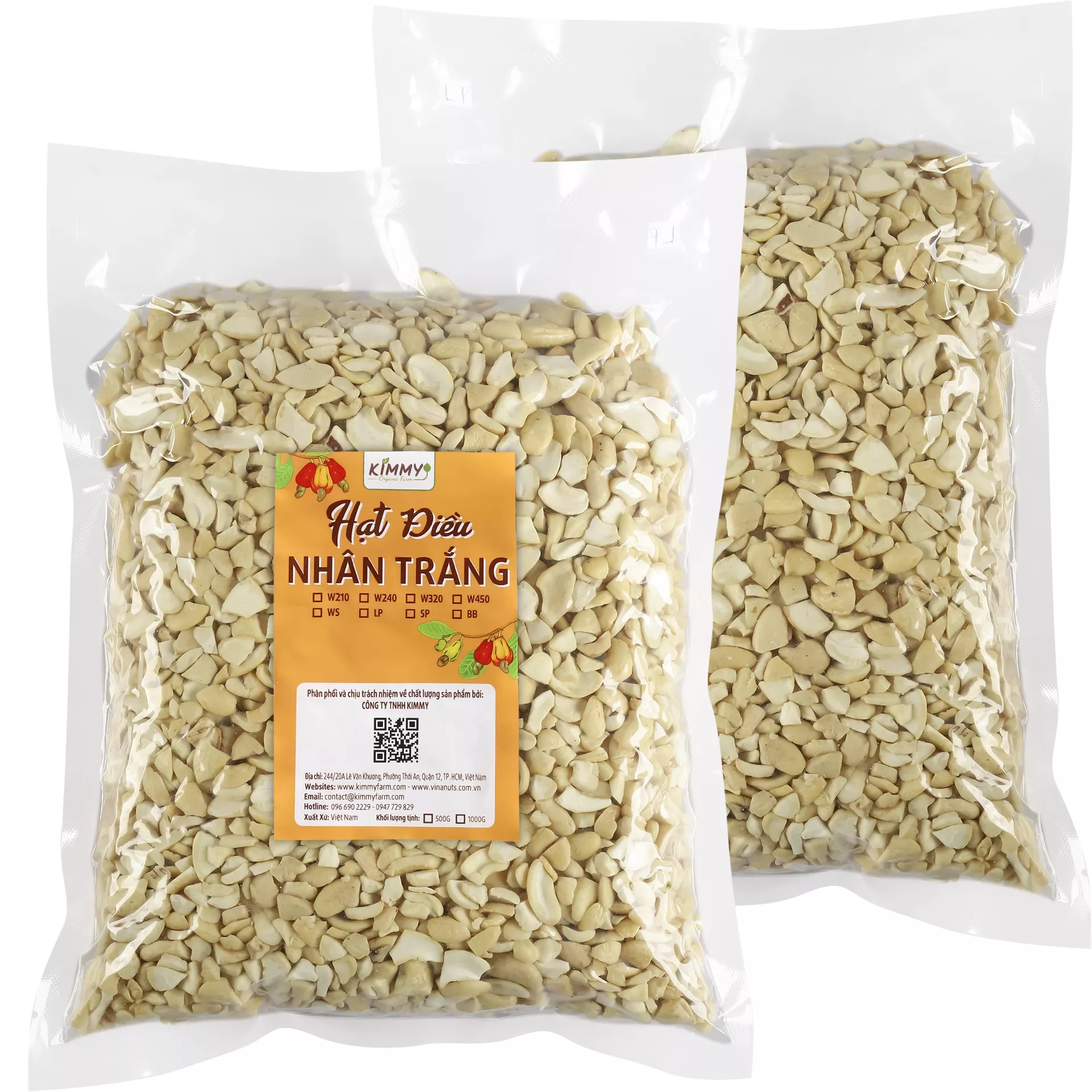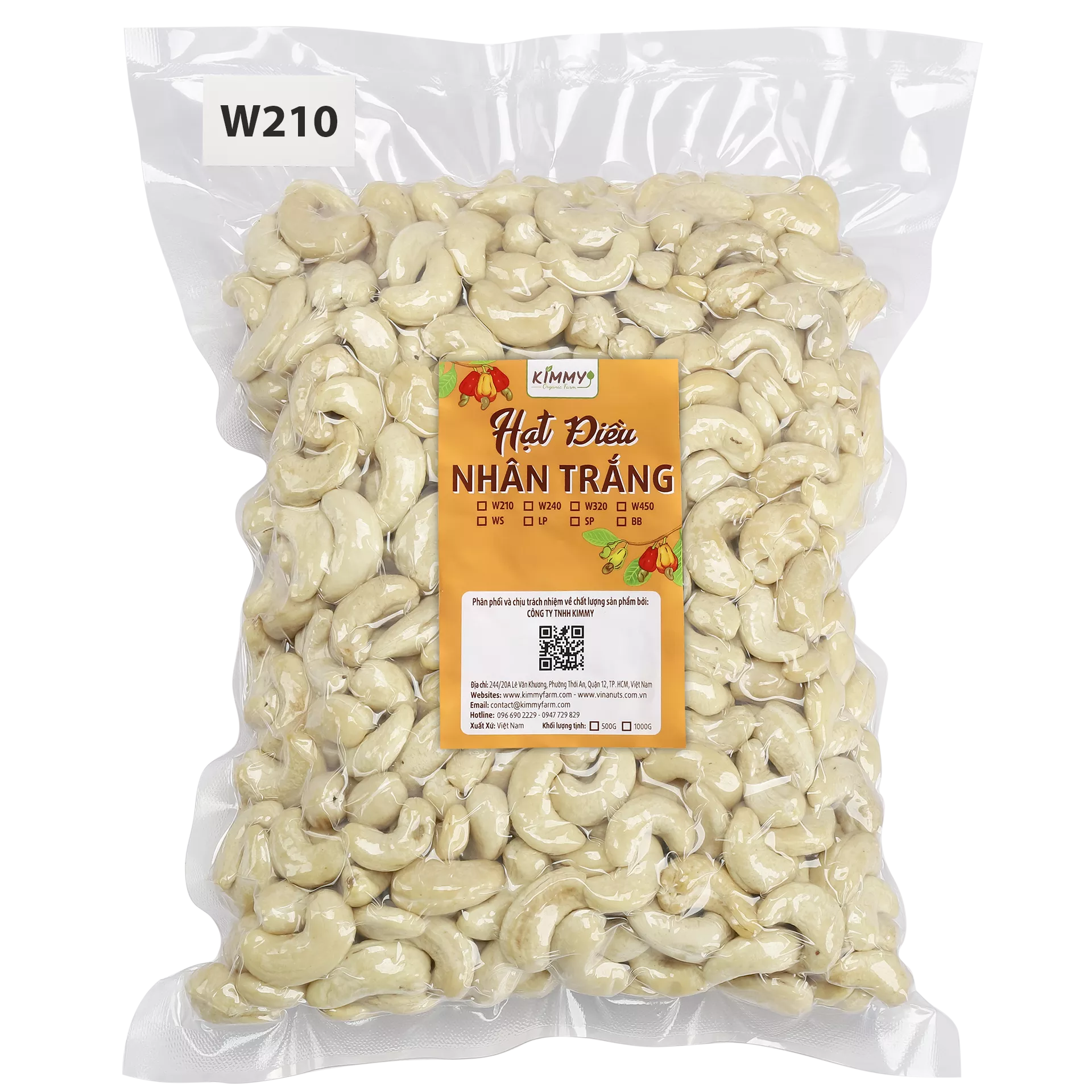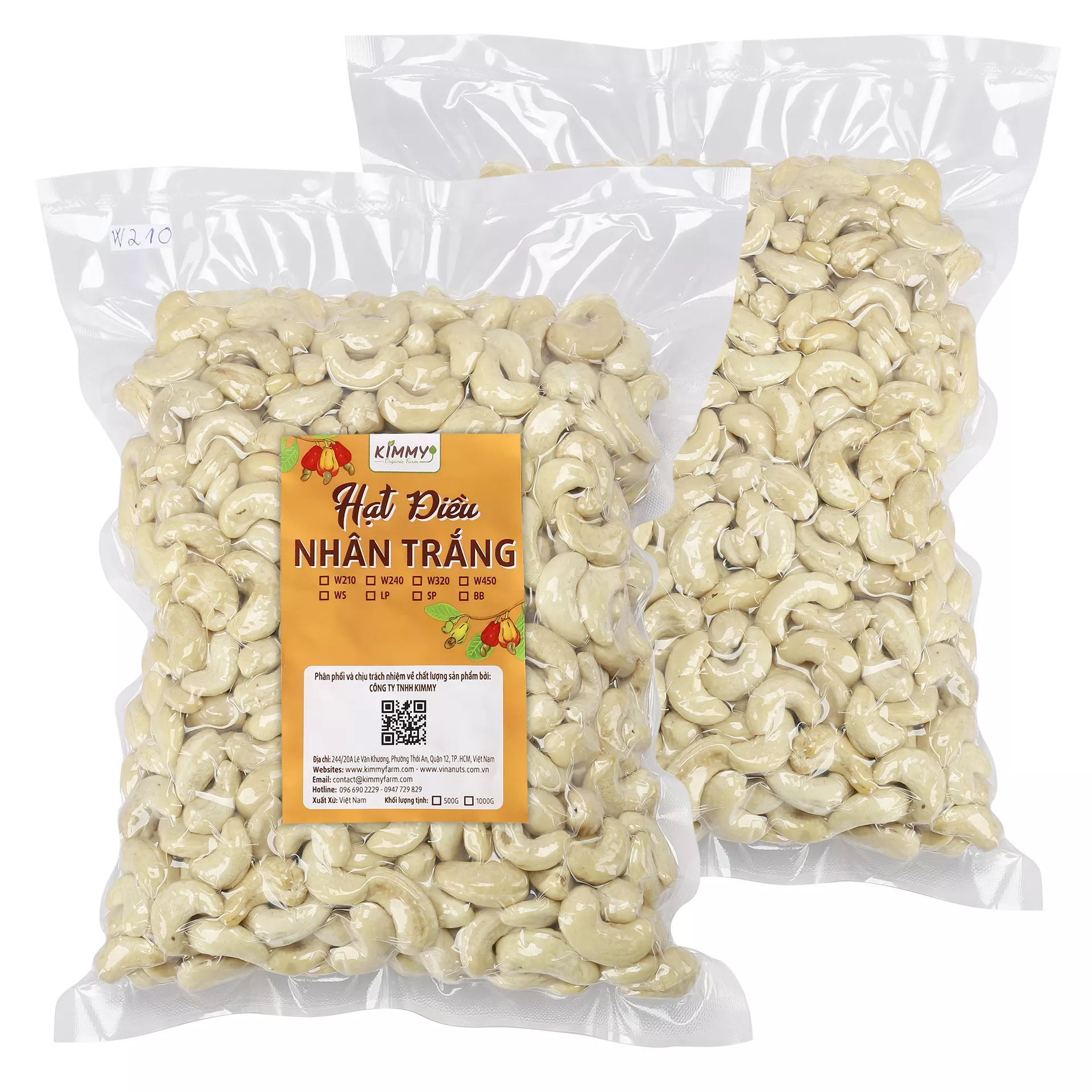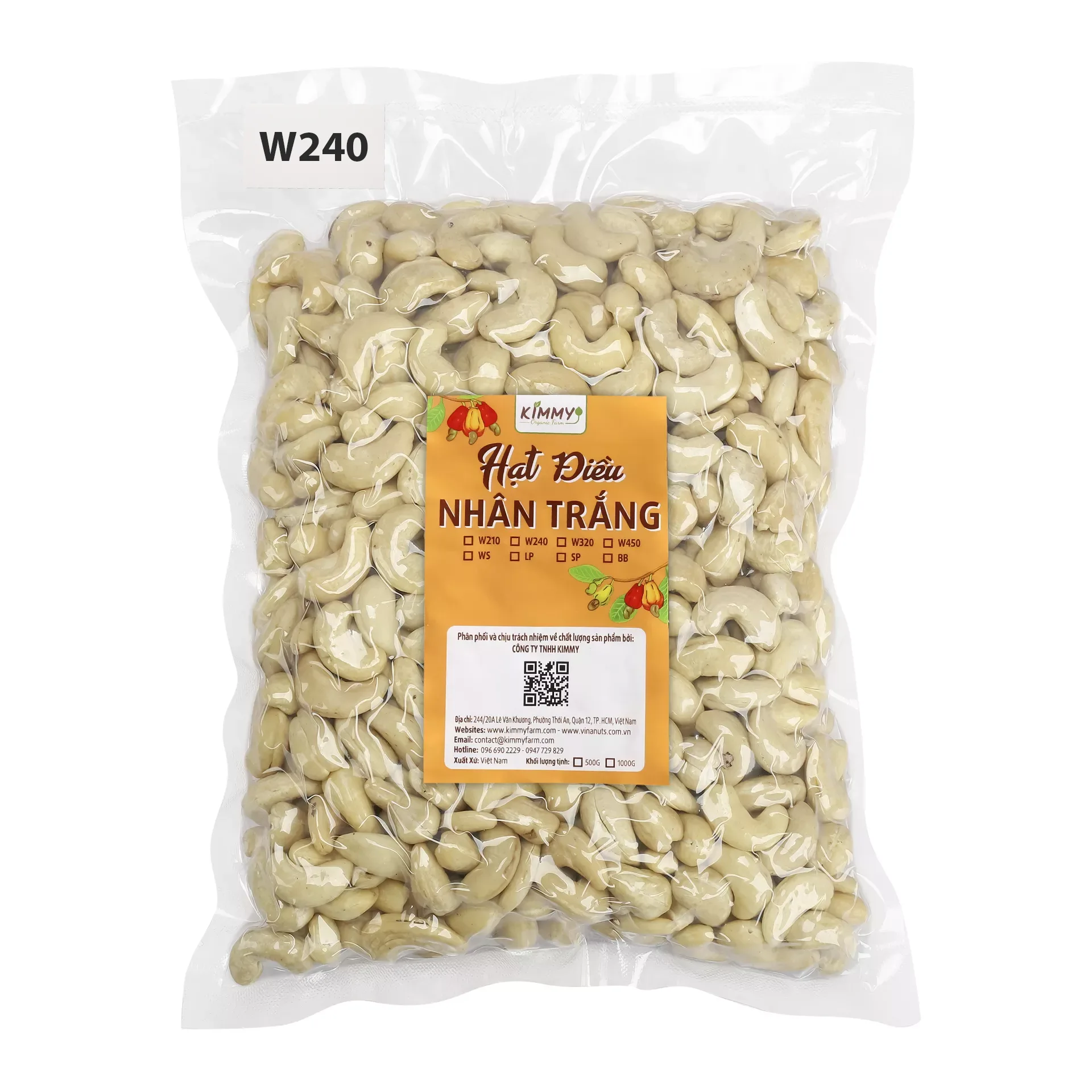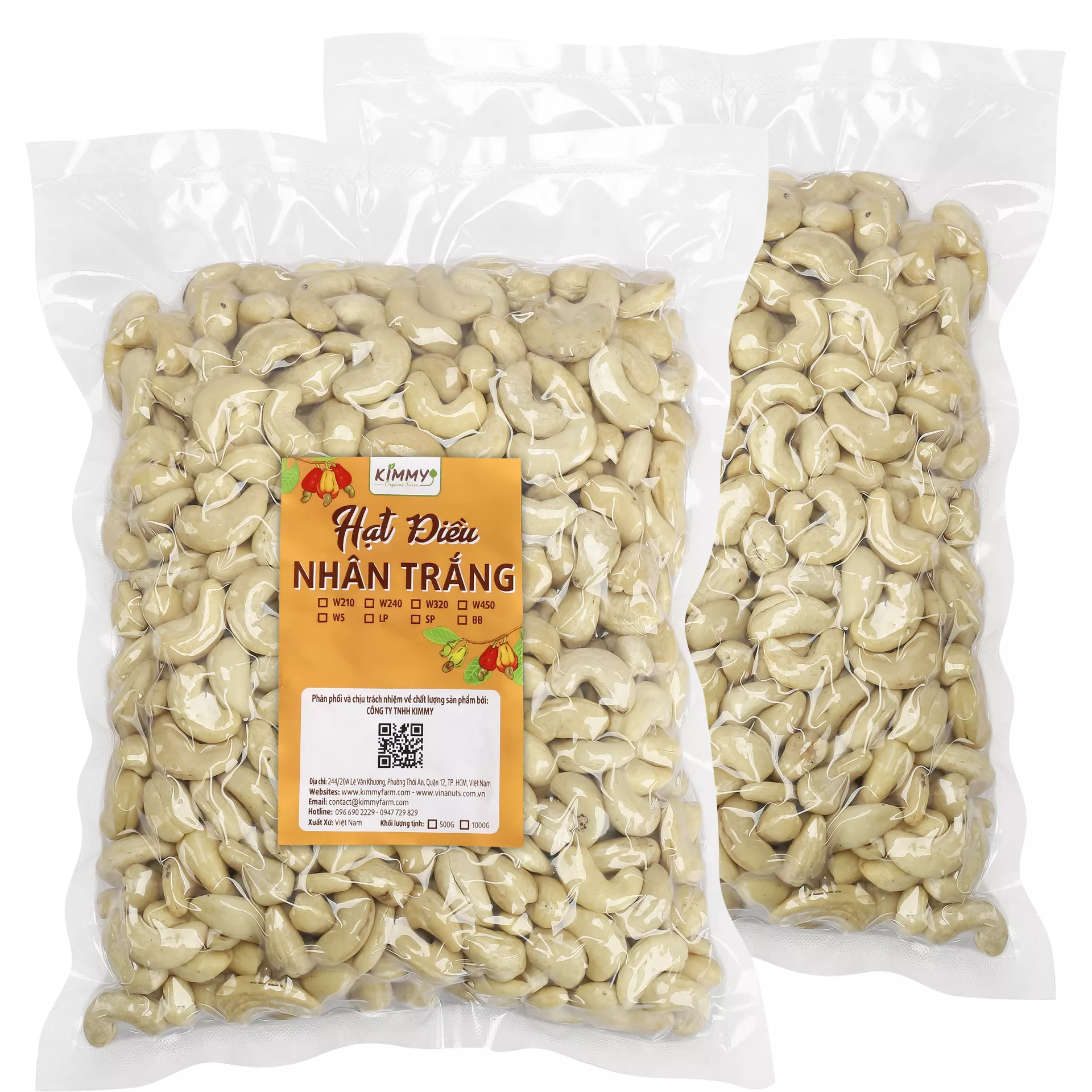Expanding Cashew Farming with Crop Diversification
In a bold move to enhance the livelihoods of local farmers, Bình Phước, a province in Southeastern Vietnam, is planning to intercrop and integrate livestock into 10,000 hectares of cashew orchards by 2025. This initiative is set to revolutionize traditional cashew farming practices and boost farmers’ incomes significantly. Under this strategic endeavor, Bù Đăng District will play a pivotal role by contributing 8,000 hectares, with Bù Gia Mập accounting for 1,000 hectares, while other localities will combine for the remaining 1,000 hectares. This district-wise allocation demonstrates the province’s meticulous plan for intercropping and animal husbandry.
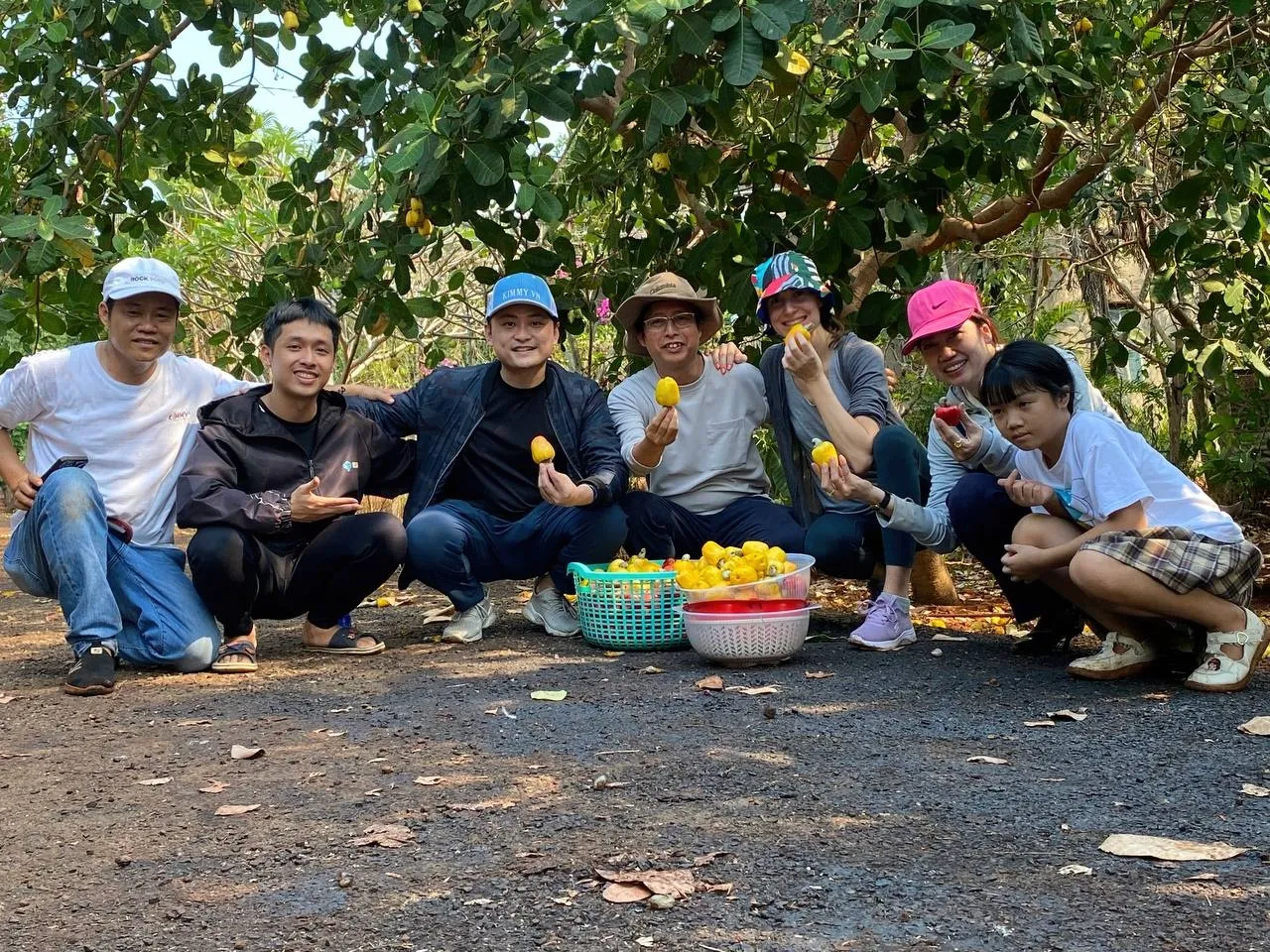
The province’s blueprint encompasses diversifying agriculture practices, including cultivating coffee, cacao, and medicinal plants, intercropping one, two, or more plant varieties, and engaging in the raising of chickens, ducks, and goats. The goal is to expand the intercropping area to 15,000 hectares by 2030. This innovative farming model has proven to offer farmers more substantial incomes in recent years compared to traditional monoculture crops. Moreover, it acts as a protective shield against price volatility and agricultural diseases, offering greater economic stability.

Challenges in Adoption
Currently, the country’s largest cashew-producing province already has around 8,000 hectares of intercropped farms, primarily featuring coffee, cacao, pepper, fruits, and the raising of buffalo, cows, and goats. Farmers who incorporate cacao cultivation within their cashew orchards experience average annual yields of 1.3-1.5 tonnes of cacao and 2.5-3 tonnes of cashew per hectare, resulting in incomes ranging from VNĐ90-120 million (US$3,800-5,100). Intercropping three crops elevates the earnings to VNĐ143 million ($6,000) as opposed to the VNĐ40 million ($1,700) generated from solely growing cashew.
To encourage greater participation in cashew intercropping, the province plans to intensify advocacy through media campaigns and offer training courses for farmers. Regular meetings will facilitate knowledge-sharing among local agricultural enthusiasts. After 15 years of implementing cashew zoning plans, the province has witnessed remarkable progress, with an expansion in both cashew cultivation area and yields. The province now accounts for more than 50% of the country’s total cashew production.

Economic Impact and Export Income
Cashew stands as a cornerstone of the province’s agriculture, occupying more than 24% of its total farmland. Despite being a key crop, cashew profits lag behind other crops such as coffee, pepper, cacao, and fruits. Cashew farming significantly contributes to the province’s economy, with more than 71,600 cashew farmers, 1,400 processors operating in both domestic and export markets, and providing employment to around 50,000 agricultural laborers. The nut alone accounts for a third of the province’s annual export income, exceeding $1.5 billion.
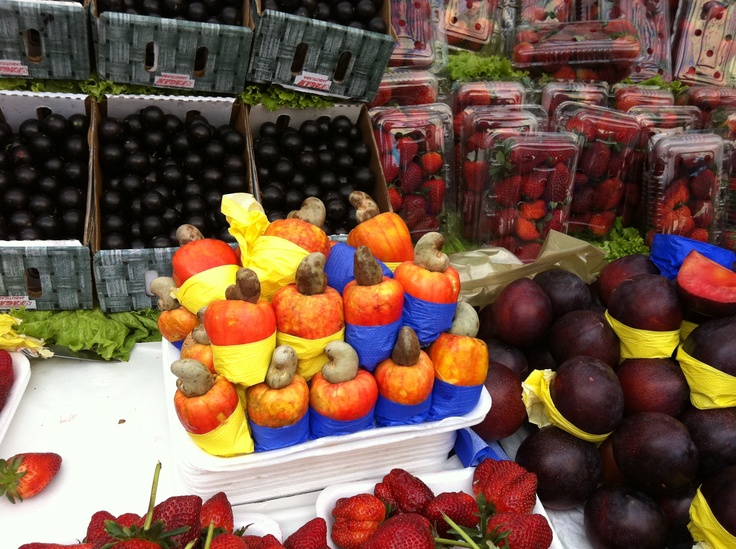
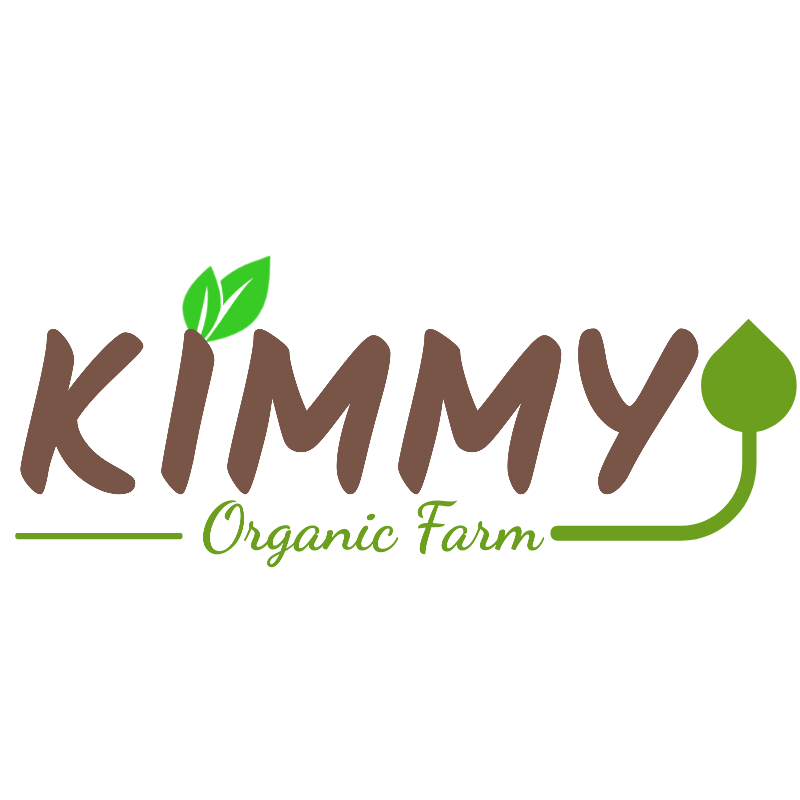
A brand specializing in the production and export of agricultural products in Vietnam. We have a black soldier fly farm in Tay Ninh and a cashew growing area in Binh Phuoc. The main export products of the company are: cashew nuts, cashew nut kernels, black soldier fly, frozen seafood, shrimp, prawns, catfish… from Vietnam.



